| It all started when I posted William Carlos Williams’ poem about the red wheelbarrow, plus I posted E. E. Cummings’ poem “l(a” followed by Cummings’ poem “old age sticks. With that particular poem I discussed the idea of artists pushing boundaries, setting the stage for change, and then I posted pictures of contemporary artworks currently being shown at the Guggenheim Museum in New York City. You can view them all HERE. My wife and I were talking about artists who pushed boundaries – from writers, poets, visual artists and more – and in the conversation I mentioned John Cage from the field of music. Have you ever heard his work entitled 4’33”? The title refers to the length of the piece – it is four minutes and thirty-three seconds long. If you’ve never heard it, take a listen now – and then let me know your thoughts. |
|
With my daily posts lately I’ve been discussing what makes a poem a poem and what defines art. To listen to the piece, click the image below -- or click HERE.
0 Comments
What makes a poem a poem? What defines art? I’ve been posting info related to those questions, and it all began a few days ago when I shared William Carlos Williams’ poem about the red wheelbarrow – but is that really a poem? PART 1 is HERE. PART 2 is HERE. I suppose it’s easy to dismiss the lines as nothing more than a stagy and meretricious statement; however, if you completed your homework and read Sharon Creech’s book “Love That Dog,” you might sit back and think, “Hmm – maybe there’s more to that sentence (i.e., WCW’s) than just sixteen precisely placed words.” Same with E. E. Cummings’ “l(a.” When I post that poem on the board in classrooms, students are quick to dismiss it – except that I employ an abundant use of wait-time until someone (or some ones) begin to decipher the lines – “A leaf falls; loneliness” – and we discuss why Cummings split the words up like that. Suddenly, their opionions take a complete one-eighty.
CLICK THE IMAGES BELOW TO ENLARGE.
Recently I posted William Carlos Williams’ poem about the red wheelbarrow and various quotes about what makes poetry poetry (HERE). @grayman (on Counter Social) responded, “My second year of college, one of my instructors stated: ‘What makes a poem a poem? The poet says it is a poem.’” LOL – that reminded me of a discussion I participated in from a college class on poetry, what makes a poem a poem, individual interpretations of poems, etc. We examined and discussed this poem: There’s a bug on the rug – Smack him dead. Smack him dead. There’s a bug on the rug – Smack him dead. You would not have believed the wild interpretations we ended up with after we considered (mostly tongue in cheek) who “the bug” represented; what did “the rug” symbolize; the suggestion that “smack” was an allusion to dangerous drugs – and the effect of addiction in society – and who was responsible for ever increasing overdoses, etc. It definitely brought home the point that when reading (or hearing or viewing) a creative work, “you see what you see” based on your own knowledge, understandings, and experiences as your brain attempts to make sense of it all – AND – if you determine a work is nonsense (like E. E. Cummings’ “l(a”) or meaningless (like WCW’s “so much depends”), then you’re likely to regard the work as nonsense or meaningless without putting much time or effort into exploring what was the purpose of the poet (or artist or composer). It’s easy to laugh off, discount, and brush aside works we don’t understand. My wife and I recently visited the Guggenheim Museum of Art in New York. Take a look at these works presented in some of their galleries (click the images to enlarge). These three pics are from the same work of art: What are your initial thoughts? I’ll post info about these works tomorrow – and a poem by E. E. Cummings. Yesterday concluded my week-long set of posts focused on solar eclipses. If you missed any of them, you can check all seven of the posts HERE. While I was exploring solar-eclipse-related info connected to Dickinson, I also stumbled on other bits of non-eclipse articles and pictures, some of which featured works by the contemporary artist Spencer Finch. I’ve seen several of Finch’s pieces in various museums, including his work “Trying to Remember the Color of the Sky on That September Morning” at the 9/11 Memorial in New York and an installation of lights at the Baltimore Museum of Art called “Moon Dust.” Links to info on those two works are HERE (the 9/11 Memorial) and HERE (Moon Dust). Imma be honest, Finch’s work at the 9/11 Memorial inspired me to create this Instagram account where I took a picture of the sky every day in the year 2019, HERE. Some of Finch’s pieces I discovered last week turned out to be works inspired by the poetry of Emily Dickinson. For example, he had an installation at the Morgan Library in New York called “There’s a Certain Slant of Light.” He also had a work on display at U Mass in Dartmouth, MA, called “Wind (Through Emily Dickinson’s Window).”
In tribute to Finch’s cloud work, I thought I would include one of Dickinson’s poems about clouds. It turns out that there are 27 different poems which use the word “clouds,” and there were MANY great ones to pick from. Hmm…that gave me the idea of having a future week devoted to “clouds,” so for now – I’ve picked one poem, and then in the near future I’ll post more!
For today, I chose Dickinson’s “The Clouds their Backs together Laid” because Finch’s work shows clouds with “their Backs together Laid.” However, Dickinson’s poem is certainly more fierce than Finch’s work. I have another website where I've posted my Top 100 Classical Music Favorites -- HERE -- and once per week on that site, I listen to and comment on a piece of music I've never heard before -- HERE. Recently I listened to a three-movement piece called "Different Trains" by American composer Steve Reich, and in that post, I mention an article I found at ClassicFM.com on "The Best American Classical Music" (HERE). The ClassicFM list includes twenty works, and one of them is 4'33" by composer John Cage. Have you ever heard that piece? I suspect not -- since 4'33" is four minutes and thirty-three seconds of silence. That's right. The score for 4'33" instructs performers not to play their instrument(s) for the entire duration of the piece throughout its three movements. ClassicFM included that work on a list of "BEST" American classical music and said this: "If you thought 4'33" was just three movements of silence, think again. John Cage, one of America's most influential 20th century composers, considered it his most important work. He was playing with the idea of what music 'is' - and as far as 4'33" is concerned, that includes any type of sound, whether it's played by an instrument or not." The inclusion of John Cage’s opus of dead air (albeit, excluding the natural and hushed sounds of concert-goers breathing and coughing and perhaps the hum of an HVAC system) on a list of BEST American music inspired me to create a similar work of visual art which I have entitled “5 x 7." I have posted photographs of it below. I honestly think this magnum opus will take the art world by storm as it plays with the idea of what art “is.” Below from left to right: My new masterpiece "5x7." As you can see, this is an incredible piece, and its mood changes dramatically, depending upon which wall it is hung. If you have any interest in making an offer to own this one-of-a-kind piece, please let me know a.s.a.p. -- as I am sure it will go quickly!
By the way -- the ClassicFM list inspired me to create my own list of the Top 20 Best Pieces of American Classical Music -- and here it is (NOTE: The pieces are not ranked -- they're just my twenty favorites): 1. The score from West Side Story by Leonard Bernstein 2. Appalachian Spring by Aaron Copland 3. Stars & Stripes Forever by John Philip Sousa 4. Adagio for Strings by Samuel Barber 5. Variations on America by Charles Ives 6. Rhapsody in Blue by George Gershwin 7. Suite of Old American Dances by Robert Russell Bennett 8. Piano Concerto in F by George Gershwin 9. Scene d'Amour from "Vertigo" by Bernard Herrmann 10. Maple Leaf Rag by Scott Joplin 11. Ashokan Farewell by Jay Ungar 12 Beautiful Dreamer by Stephen Foster 13. Theme from The Magnificent Seven by Elmer Bernstein 14. Rodeo by Aaron Copland 15. The soundtrack to Star Wars' "A New Hope" by John Wiliams 16. Three Dances from "On the Town" by Leonard Bernstein 17. Washington Post March by John Philip Sousa 18. The Desert Music by Steve Reich 19. Overture to Candide by Leonard Bernstein 20. Breakfast Machine by Danny Elfman* * If ClassicFM can have 4' 33" on their list, then I can have Breakfast Machine on mine! I couldn't help myself. When the Internets went wild yesterday following Joe Biden's inauguration with all the Bernie Sanders memes, I had to try my hand at it too. Most of mine center on works of art, and then I also did two with movie themes (most iconic movie scenes had already been claimed -- so I did one from "Psycho" and one from "ET"). Here they are: Sunday in the Park with Bernie: Bernie Is Surreal: I'm not sure it this one "works" or not since you see so little of Bernie in his chair, but here "it" is: It's that time of year again -- when Pantone selects the "Colors of the Year" for the coming year. I've written about Colors of the Year in the past -- click HERE and scroll down. For 2021 Pantone has selected two colors, Illuminating and Ultimate Gray. The Pantone site states that the combination is "a message of happiness supported by fortitude" and that this choice of colors "gives us hope...that everything is going to get brighter – this is essential to the human spirit." The Pantone site on their chosen colors is HERE. When I first saw the combination of colors, the palette of color looked very familiar to me. I had seen this synthesis of shades somewhere before, this color combination of happiness and fortitude, this blend of hues that suggests hope and all that is essential to the human spirit -- but where? And then it hit me!
By the way, the artwork never made it to the walls of the DOPE headquarters. Alas, someone claiming to be a "performance artist" untaped my banana from the wall in the gallery in Miami -- even though it was clearly marked "SOLD" -- and ate it!!! The legal case involving this egregious action is still working its way through the courts. Anyway, the announcement of the Colors of the Year and my memory of my lost artistic masterpiece made me wonder if Emily Dickinson ever included the names of fruits and vegetables in her poetry -- so I looked into that tonight. It turns out that the word "fruit" appears in 3 poems by Dickinson, and the word "vegetable" never appears. However, she did write about specific fruits and vegetables. The breakdown is below: *Dickinson used the word "berry" in 15 poems -- but in one of them she wrote, "black berry," so I separated one entry out for "blackberry." Dickinson did use the word "orange" once, but she used it as the color, not the fruit. I did not find any use of "pear," "lemon," "lime," or "banana" -- or any other fruits. The only two vegetables I found used in Dickinson's poem were "corn" and "pea." If I find others, I will update the chart above. For more statistics on the poetry of Emily Dickinson, click HERE. From Jarvis MacKinnon III: Alas, many art museums around the world are closed these days due to the global coronavirus pandemic. Many, though, are hosting virtual tours of their galleries and/or they are posting their great works on Instagram. Below, we have updated many classic works for your enjoyment. Closed for the Night The Salvation
From our art columnist, Jarvis MacKinnon III: We’ve had a busy fall and early winter, so we’re a bit behind with some of our posts; however, we have a minute now to provide a quick update on some ELD Museum art news:
2. In October we had a quick visit to Virginia Beach, and we stopped at the Virginia Museum of Contemporary Art (MOCA). There was a fantastic display of works by artist Michael Kagan, From the MOCA website: This is “the first solo museum exhibition by artist Michael Kagan. Bringing together key paintings from the past decade along with new works, the exhibition Michael Kagan: I Was There When It Happened traces the artist’s lifelong interest in technology, space and innovation.” Below on the left: Welcome to MOCA -- the Virginia Museum of Contemporary Art Below right: Pics from I Was There When It Happened, paintings by Michael Kagan. The museum had other interesting and even fascinating exhibits (especially an interactive exhibit called Charged which spotlighted artists who incorporate interactive technology in their works), and we we’re particularly delighted to see that an outdoor sculpture garden included a sculpture by Michael Manjarris of the first edition of poetry by Emmett Lee Dickinson (Emily Dickinson's third cousin, twice removed -- at her request). Below left: Scenes from MOCA Below right: Michael Manjarris' "Poetic Object Series: The Poetry of ELD
3. For Edward Hopper fans, there is a wonderful exhibit at the Virginia Museum of Fine Arts (VMFA) in Richmond, Virginia, called "Edward Hopper and the American Hotel." Edward Hopper was an immense fan of Emmett Lee Dickinson (Emily Dickinson's third cousin, twice removed -- at her request). You can read some of our past posts about the Hopper-Dickinson connection HERE (scroll down to view the various posts), and additional information is HERE (scroll down to the entry dated September 6). Below: The exhibit includes a Hopper-esque lobby straight out of one of his paintings -- AND -- a recreated motel room where guests who reserved in advance can actually spend a night in the museum. Below left: The exhibit provides as "Travel Guide" as you journey from room to room throughout the exhibit. Below right: The souvenir book includes extras in the back -- two pamphlets about some of Hopper's road trips with his wife, trips that are highlighted and discussed in the show. If you're a Hopper fan, don't miss this show! It runs through February 23, 2020,
at the Virginia Museum of Fine Arts in Richmond, VA. It then travels to the Indianapolis Museum of Art where it will run from June 6 through September 13, 2020. From our art columnist, Jarvis MacKinnon III: In late August, members of the Dickinson Organization of Poetry Enthusiasts (DOPE) visited Glenstone, a private contemporary art museum about 15 miles from downtown Washington, D.C., iin Potomac, Maryland. We had not been there before, so we were excited to see the place -- it is a perfect mix of architecture, contemporary art (all from after World War II), nature, and zen. It was quite the experience -- and if you ever get the chance to visit, do so! Glenstone's website is HERE, and more on the museum can be found HERE. Photography was not allowed inside – so we took the exterior shots below on the left; however, the interior shots (below on the right) are from the museum’s Instagram account. To view Glenstone's Instagram account, click HERE.
In response to our visit, we offer Emmett Lee Dickinson's poem "There's a certain Slant of Art" (below on the left). Dickinson was a true Libran (his birthday is October 12), so he always liked things symmetrical and even, and the "Look of Descent" of a crooked picture hanging on the wall would drive him crazy! Dickinson's poem inspired third cousin Emily to pen her poem "There's a certain Slant of light" (below on the right).
Other nearby sites: Over the same weekend, we also visited Great Falls National Park in Virginia (below on the left), and the Chesapeake & Ohio (C & O) Canal National Park in Maryland (below on the right):
|
Archives
July 2024
PLOGA poetry log for the Emmett Lee Dickinson Museum (above the coin-op Laundromat on Dickinson Boulevard in historic Washerst, Pennsylvania). Categories
All
|





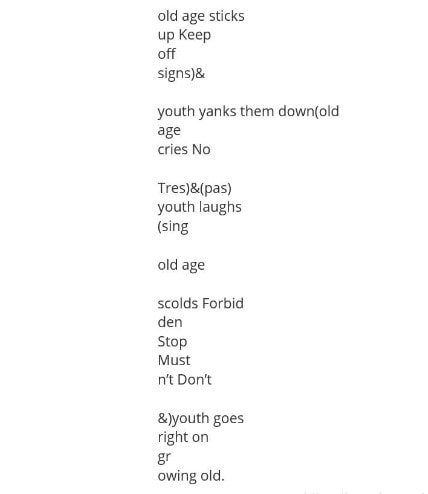





















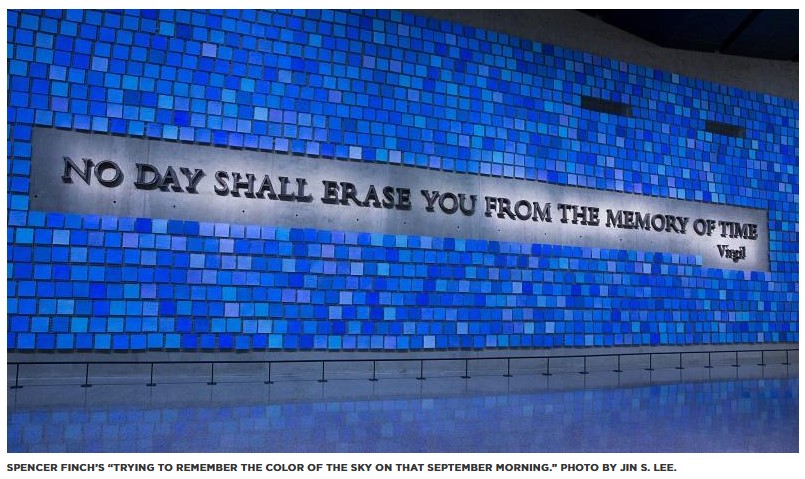

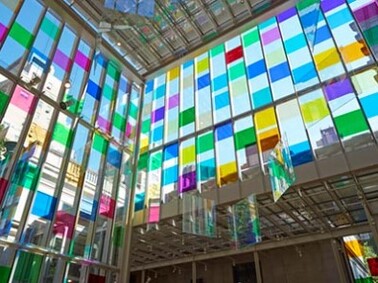


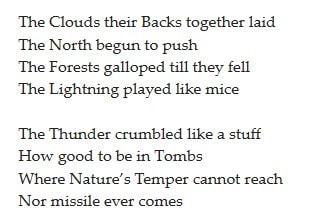


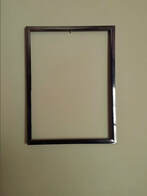



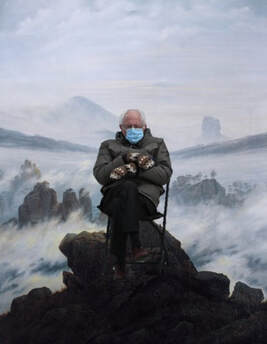
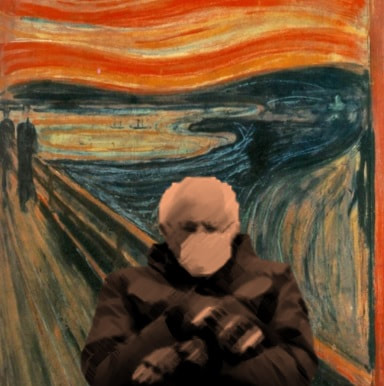

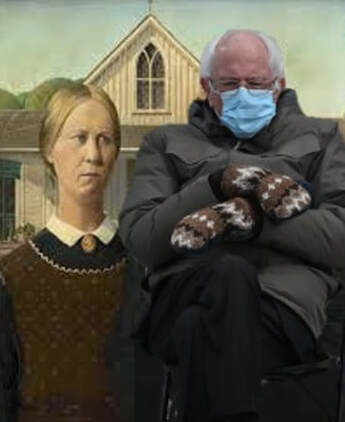

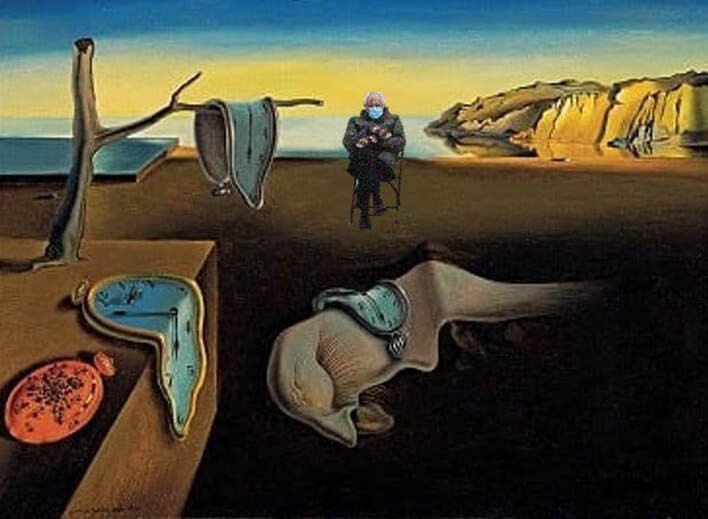
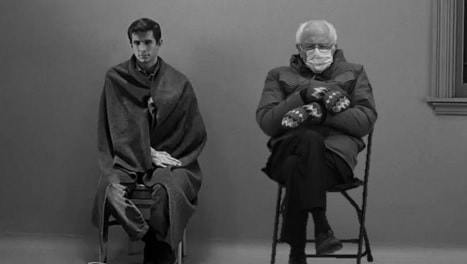
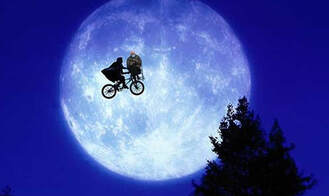
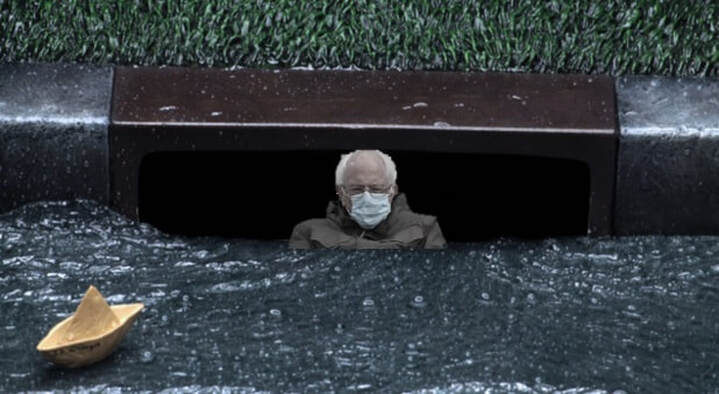



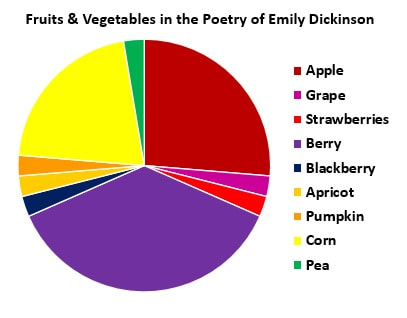


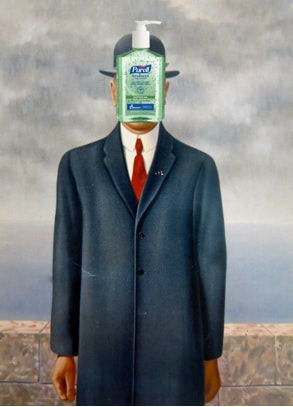
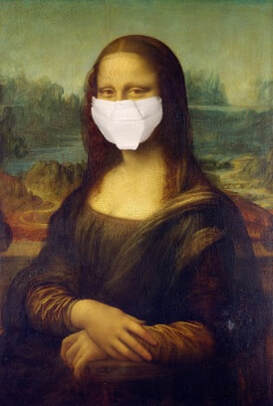
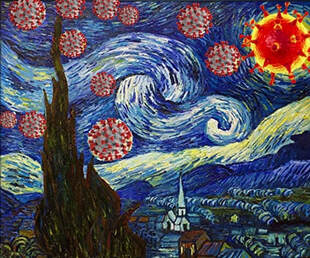
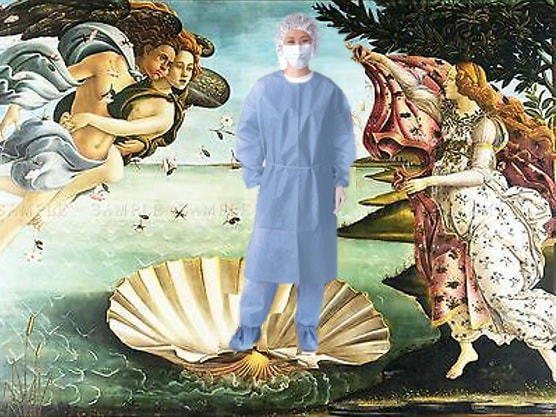

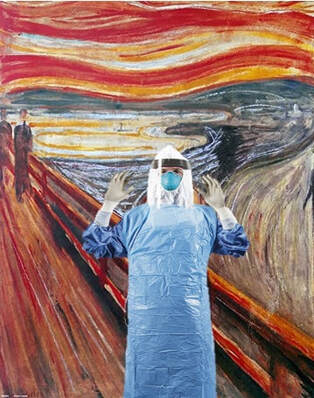
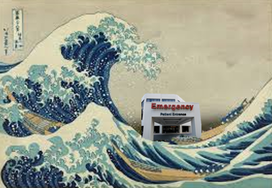

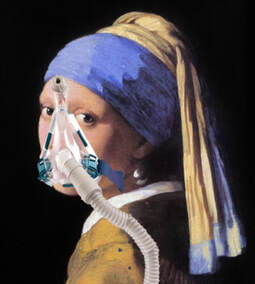

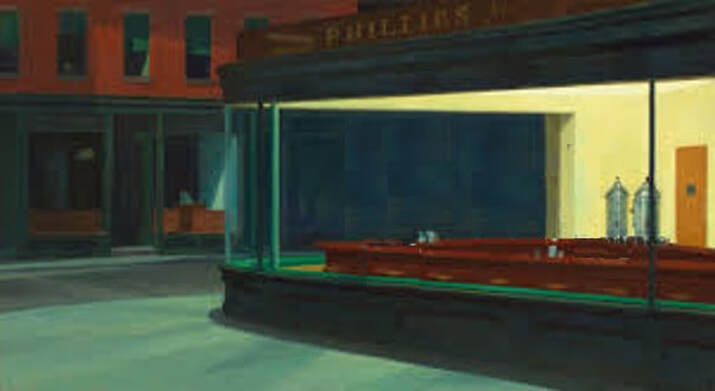
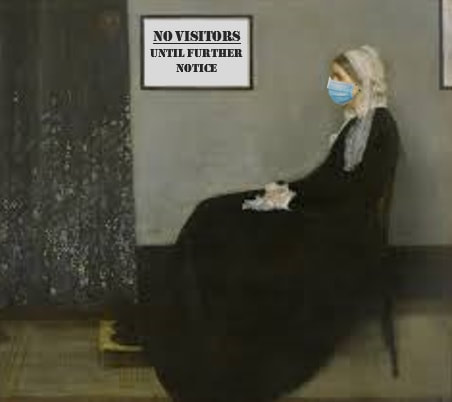

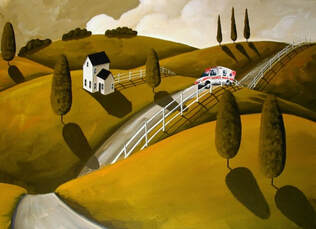
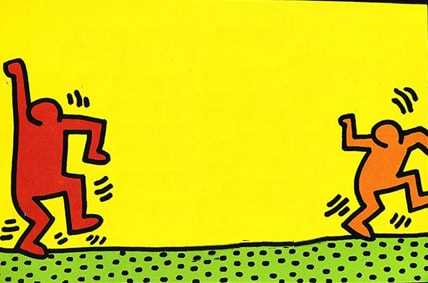


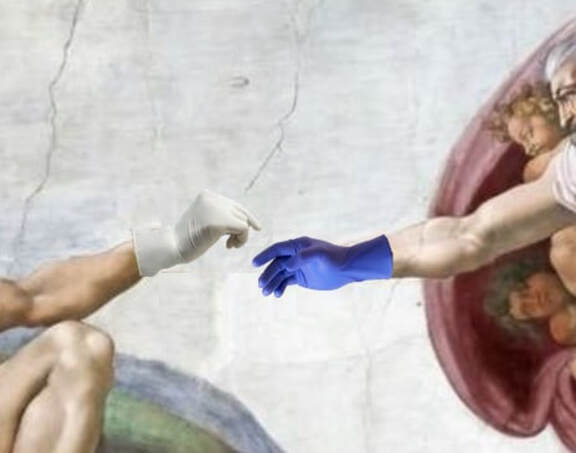

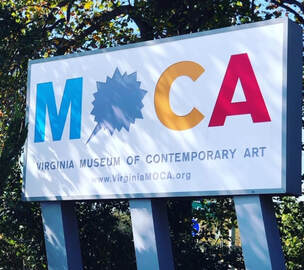



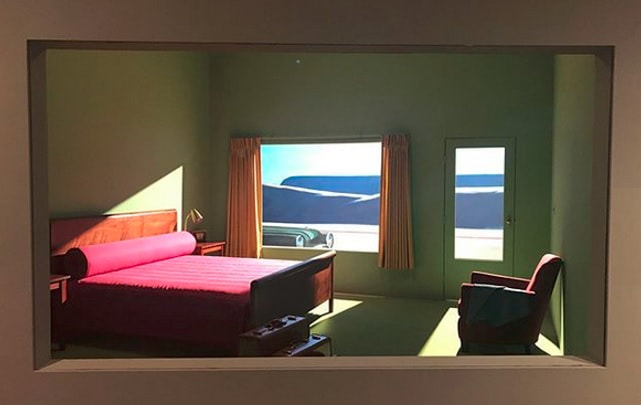

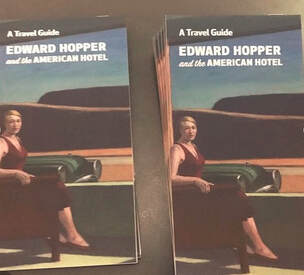

 RSS Feed
RSS Feed
